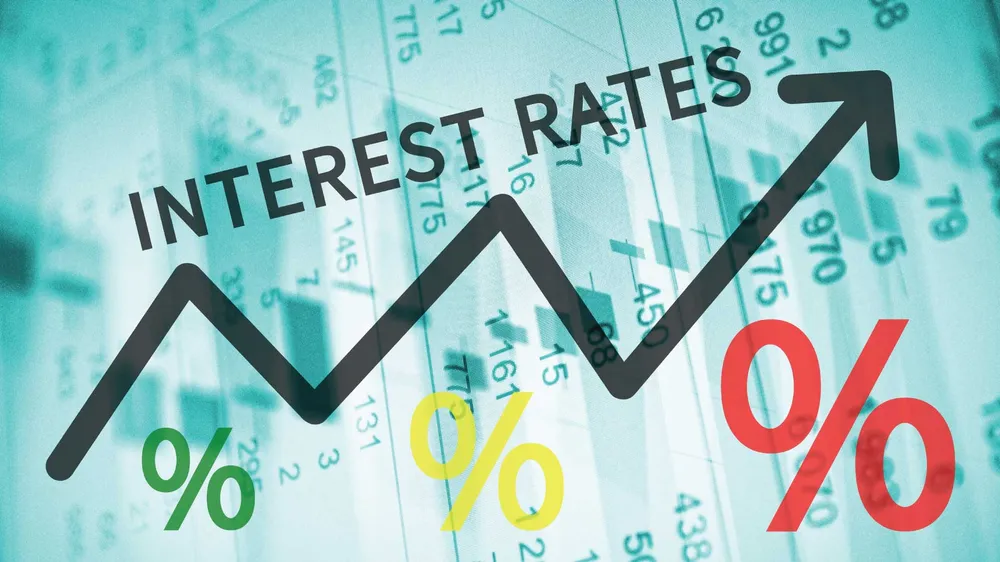
Positive reaction
The FED has just made the first interest rate hike in 2023 with a rather gentle increase of only 0.25% to 4.75%, the highest in fifteen years. This is after a series of consecutive increases of around 0.75% throughout 2022. The stock market has responded positively as seen in gains made on Nasdaq and S&P500 in the last five weeks.
Inflation shows signs of peaking when the data of CPI, PCE, and PPI of the US and some other major economies goes down. The FED has kept raising the interest rate, but the increasing momentum has decreased very sharply, from 0.75% each time to 0.25%, showing that the FED and other major central banks are starting to put a brake on further raising.
With this expectation, the International Monetary Fund (IMF) raised its forecast for global growth to 2.9% in 2023 for the first time, 0.2% higher than reported in October 2022. Investors also expect the rate hike of the FED and central banks to stop soon and reverse policy from tightening to loosening money to boost the economy. This also explains the strong growth of the US and world stock markets, including the stock market in Vietnam, especially during the period before the Lunar New Year.
Challenges still ahead
Although the IMF raised its forecast for world economic growth, the growth rate of 2.9% is still lower than 3.4% of last year. At the same time, the IMF also revised its forecast for 2024 to 3.1%. Kristalina Georgieva, Managing Director of IMF, has commented that the economy is not as bad as initially warned, but which also does not indicate that all is well, and we still need to maintain caution.
The IMF calculates that about 84% of countries will see lower inflation this year than last year. However, the global average inflation will still be around 6.6% in 2023 and 4.3% in 2024. This means that the actual inflation, although it has decreased, is still much higher than the target inflation by several times, such as in the US and Europe the inflation target is only about 2%.
Although the rate of the interest rate increase may slow down or even stop soon, the current tightening of the monetary policy will be difficult to change in the short term, especially when the FED states that even if inflation falls to target level, it still needs more evidence to be maintained before changing policy.
In January, the US Department of Labor announced that the US economy added 517,000 jobs, 2.8 times the forecast of 187,000 jobs, and double that of 260,000 jobs in December 2022. The unemployment rate fell to 3.4% from a forecast of 3.6%, the lowest since May 1969, and the labor force rate climbed to 62.4%. This positive data shows that the world No.1 economy is unlikely to fall into a recession, but it also shows that the FED has too much room to tighten policy further. There is need to ensure that inflation is no longer a threat to the US economy falling into recession because of tightening measures.
According to FED statistics, the size of the US M2 money supply by December 2022 was USD 21.370 bln, down by USD 682 bln, losing 3.1% compared to the historical peak set on 18 April 2022. Over the same period, M2 data has decreased by 0.74% which is the third week in a row that the US M2 money supply has been lower than in the previous year. Of note is the fact that at the beginning of 2021, the US money supply grew by 25% to 27%, and by 2022 the growth rate remained above 10%.
During the 2008 global crisis as well as in the Covid-19 pandemic period between 2020 to 2021, the FED pumped too much money to support the economy, nearly a dozen times more than a decade ago. Therefore, the current policy of the US economy is still strong and inflation, although falling, is still high.
Future expectations
Although the stock market had a positive reaction for the short term, in order to maintain its growth momentum in the long term, more support factors are needed. The inflation is falling, the rate of an interest rate increase is decreasing, the international economy has not fallen into recession, or at least only mildly, and the tightening policy may not need to turn into easing. The interest rate must also decrease to a neutral level, and the USD Index decrease will be a necessary factor to support the market.
Investors can still expect a good 2023, although the world stock market lost more than USD 18,000 bln last year. The good news is that the stock market rarely declines for two consecutive years in a row. However, when decreasing for two years, the level will be stronger than the previous year. According to a statistic of Stock Trader Almanac, the S&P 500 had the first five trading sessions with see gain of 1.1%. In addition, a solid January is usually a good sign for the market and there are chances for a positive trend in the following months.




















